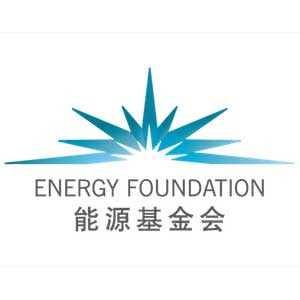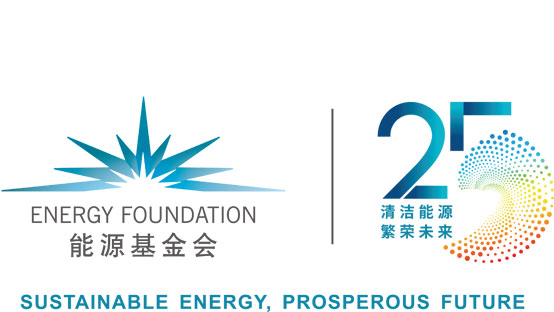Electrification
Context:
Electrification across all sectors, alongside the rapid decarbonization of power supply, is an important pillar of China’s strategy for achieving carbon neutrality. This is not only because it is feasible to achieve substantial emissions reductions in the power sector more quickly than in other sectors. Electrification also offers the opportunity to curb and eventually reduce final energy consumption due to significantly higher efficiencies in many applications. China’s electrification rate should reach 65 percent by 2060 to achieve carbon neutrality, which will then result in huge increase in electricity demand. Promoting electrification in the context of carbon neutrality requires comprehensive and cross-sectoral integration. Significant barriers exist, requiring major technological breakthroughs, tremendous infrastructure investment, and policies and regulations to promote scaling up.Taskforce Strategy Overview
Energy Foundation China’s Electrification Task Force strives to:
- Identify major challenges and opportunities from deep electrification;
- Prioritize effective actions, based on consulting with leading field experts and stakeholder communication; and
- Form an implementable task force working plan pursuing transformative changes toward carbon neutrality.
The Overarching Goal:
The Electrification Task Force aims at accelerating deep electrification combined with power decarbonization toward China’s carbon neutrality and world-class air quality targets, via healthy interaction between grid and end-use sectors. By 2060, China’s overall electrification rate shall reach around 65 percent, while that of industry, buildings, and transport sectors shall be 60, 70, and 55 percent respectively.
Initiatives:
- Industry Electrification: Promote industrial restructuring and upgrading, enhance production process adjustment and electric substitution technology, accelerate RD&D of advanced industrial electrification technology, and develop enabling policies and market environment;
- Building Electrification: Accelerate the development and diffusion of electrification measures, such as electric space heating, electric cooking stoves, and electric water heaters, etc., and promote enabling environment for building electrification;
- Transportation Electrification: Accelerate electrification toward zero emission road transport, support the coordinated and effective development of charging infrastructure, and promote rail transit and further enhance R&D and explore solutions for electrifying and decarbonizing ships and aviation;
- Synergy Between Decarbonized Power System and End-Use Electrified Sectors: Promote smart demand side response management, such as smart charging, vehicle-to-grid, and virtual power plants to reduce peak-load grid costs and avoid excessive new investment in power distribution; conduct comprehensive pilots to scale up innovative and comprehensive solutions as PEDF, which integrates solar photovoltaics, energy storage, high efficiency direct current power, and flexible load for renewable-powered buildings, to gain systematic benefits; and unlock synergies among sectors through better coordination; and
- Institutional Mechanisms & Policy Tools: Develop a long-term vision and implementation roadmap of the role of electricity in China’s energy system; develop a plan for building or expanding electrification infrastructure, including transmission and distribution grids, charging networks, district heating and cooling systems, etc.; promote enabling regulations and policy tools; and enhance institutional and policy coordination among sectors.





